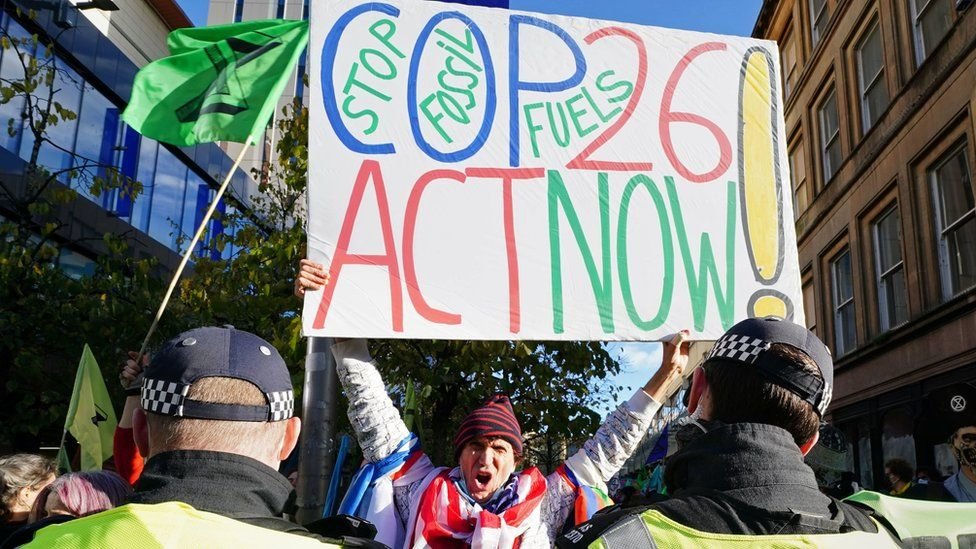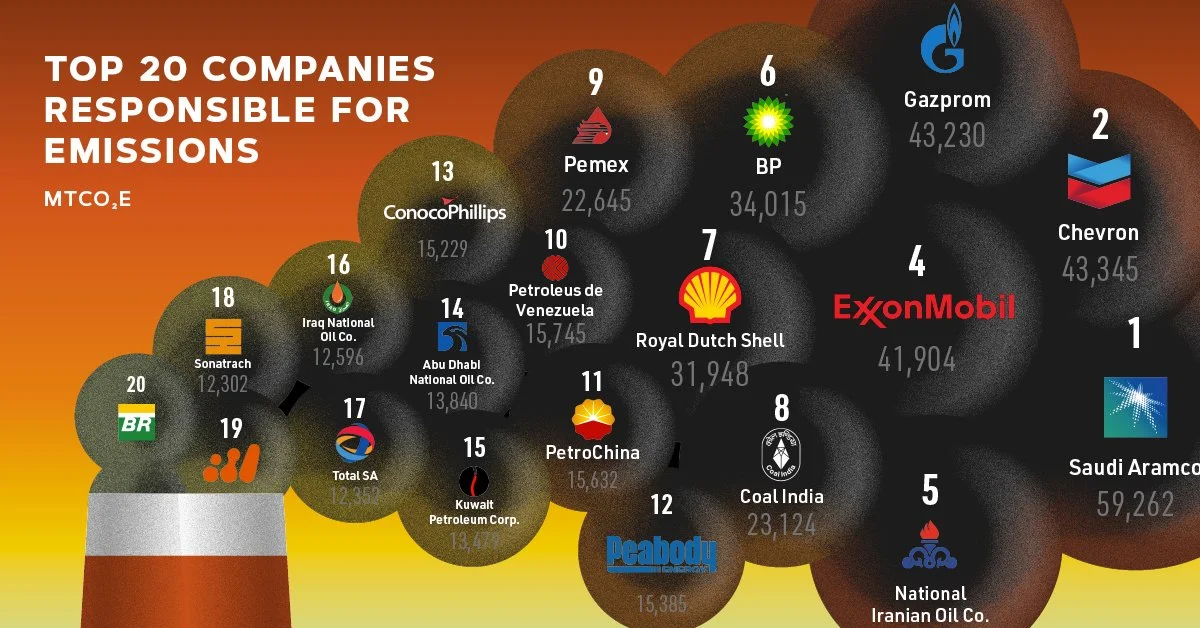Advocating for Small Urban Spaces and New Global Corporate Sustainability Standards
If your employers don't already have a sustainability program, urge them to create one. If you have a staff sustainability manager, encourage the use of a CMAP like Watershed to create public accountability and general sustainability transparency for your colleagues, your customers, and the general public.
The Role of Carbon Accounting in Systemic Change, Pt. 2
Carbon markets are an opening for corporate enterprise and a distraction from real reduction strategies. In the last few months, I've learned of and compiled a growing list of carbon market APIs and marketplaces that are well-intentioned, but signal opportunities to keep business as usual.
Why the Business of Counting Carbon Needs More Time, Pt. 1
CMAP continues to command a growing space in my free thought. If you've read some of my past calls to climate action, you'll quickly realize that I advocate for individual climate advocacy as a groundswell for major climate action. In the past few years, after learning more about climate change and witnessing very real present-day impacts, I was determined to find my own path to create change.
Why Are We Watching the Earth Burn?
Despite all the warnings, despite the science, despite the realities we face every day, we continue to go about everyday life as the trajectory of our society continues to drive us towards more consumption in the name of progress and wealth. Even if we somehow managed to bring a population consensus to mobilize in the name of climate action, we're only one nation on a globe with misaligned goals.
In a World of Climate Solutions, Policy Needs a Boost
Technology is not holding us back. Policy is. From a physical science perspective, despite learning ground truth about the effects of climate extremes on individual regions, the reality is we're not learning new things about climate change. It's an exclusively political problem. The potential mechanisms to solve climate change exist, we just need to put them into place now.
Why I’m Buying Into The Great Teslafication
Because public policy attempts to move our cities forward collectively, it runs into problems with consensus, education, and inclusion. Where the reach of public policy influence ends, private industry takes over, creating commercial solutions that address the collective demands of private citizens through innovation and design. As a result, we’ve slowly added better, cheaper insulation to our homes during renovations, installed more efficient tankless water heaters when our old natural gas tanks fail, and even become fanatics of electric vehicles.
Sometimes, as is the case with consumer brands like Tesla, a fanatical following can push collective demand through vanity, envy, and prestige.
Starting Your Climate Journey
Gore, Gates, Thunberg, McKibben.
They all approach climate action in different ways, but they share one element — optimism. Their optimism is rooted in knowing what’s at stake and what we can do to prevent catastrophe.
It may not be the time to take our foot off the gas, but sometimes it's important to let someone take the wheel for a bit. Tackling climate change alone is not just exhausting, it's also arguably futile.
From Vision to Strategy: Why IKEA’s Urban Village Project is the Perfect Testbed for Urban Innovation
Earlier this year, I had the fortune of meeting the UVP lead at Space10 over Google Meet. We discussed the status of the project, potential timelines, and shifts in goals, guideposts, and realities. As with most projects in 2020, conceptual or not, the Covid-19 pandemic put a damper on productivity and feasibility, drawing many projects to a halt. Although I cannot speak for the Space10 or EFFEKT regarding the future of the project, it's something I continue to root for to see in our future.
Why Carbon Accounting Falls Short and We Can Do
Despite growing pushback against carbon footprint calculators, I believe that the data behind our individual impact on the planet is valuable. Our personal emissions data does not absolve corporations from polluting but instead drives home a valuable message about the trifecta of reducing the cost of lifestyles, holding corporations accountable, and encouraging investment into environmentally friendly products.
What Is A Soft City and Why Do We Need Them?
Soft may not be as sexy as Smart, but it emphasizes the small details in a city and its buildings that make our lives easier, more enjoyable, and more efficient by prioritizing the people that live in it.
How to Be a Climate Activist with Carbon Offsets
This is not to say that carbon offsets are the endgame for the climate crisis — far from it. I like to think of carbon offsets as a form of climate activism, where your donation dollars are signaling where change should happen.
Carbon offsets mean nothing if there aren't enough projects that aim to reduce GHG emissions or if the volume of carbon reduction is not significant enough.
Why Does Housing Density Matter to Climate Change?
In the Bay Area alone, 82% of residential land is allocated to single-family homes, reducing density, limiting housing stock, and driving poorer families out. Without a concerted policy effort to upzone neighborhoods, private developers will follow economic incentives to build new housing developments outside the city center, resulting in increased GHG emissions related to building materials, transportation infrastructure, utility infrastructure, and even agriculture.
Why Emissions Calculators Are the First Step to Impactful Changes
The Carbon Footprint calculators are a great first step. Creating an interactive form and handling the calculations in the backend helps take a lot of the work off of individuals. It still takes some time and energy to make the calculations as accurate as possible (i.e. using exact kWh & therm usage), but it is a great step in making household emissions incredibly transparent and accessible.
Why Your Commitment to Sustainability Can Be Profitable
Simply put, we’re living on outdated technologies like coal and other fossil fuels, which are not only destructive to our environment but also our bottom lines. Renewable energy and the industries that support it have seen enormous growth in valuation and investing in stocks and ETFs that promote positive social and environmental impact is no longer just a commendable effort, it’s a profitable one.
Why Creating Personal Commitments to Sustainability Isn’t Very Difficult
Through the media, we're seeing a growing collective awareness of climate change, but the far more impressive part is the collective understanding of the damages caused by climate change and the willful cooperation and collaboration between individuals, organizations, and industries to help promote a sustainable future.
Microgrid — The Texas Freeze is a Message About Grid Reliance
This is a stark reminder for us as citizens of our cities to rethink our reliance on outdated energy grids. In California, we've suffered rolling blackouts and have learned to live with PSPS as a result of extreme wildfire danger during many months of the year and there is neither recourse nor reimbursement for the damage it causes (e.g. spoiled food, electrical surges for damaged equipment, etc.).
Updating Old Homes to Reach 100% Renewable Before 2045
Investing into more renewable energies is only one piece of the puzzle. Policy makers must encourage homeowners to make their homes more efficient so we don't waste our renewable energy.


















